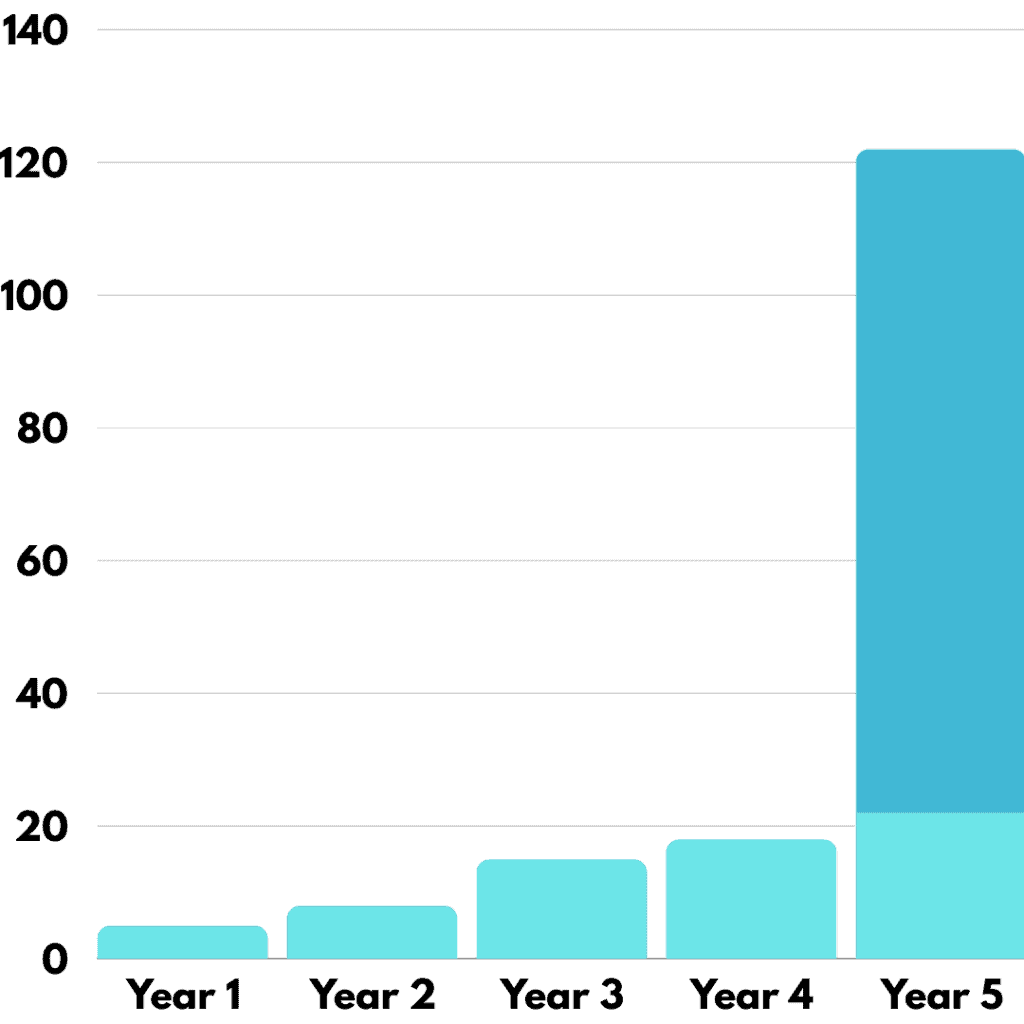At its core, a bond is a financial instrument that represents a loan made by an investor to a borrower. This borrower can be a corporation, a municipality, or even a government. When you purchase a bond, you are essentially lending money to the issuer of the bond in exchange for periodic interest payments and the return of the bond’s face value at maturity.
A bond’s key elements include its face value, which is the principal amount the bond will pay at maturity, and its coupon rate, the interest rate that the bond will pay periodically. The issuer promises to pay back the face value on a specific date, known as the bond’s maturity date, and make regular interest payments based on the coupon rate.
Unlike stocks, which represent equity in a company, bonds are a form of debt. When a company issues stocks, shareholders get ownership stakes. In contrast, when a company issues bonds, it does not give up any ownership stakes. Instead, it incurs a debt that must be repaid over time.

Bonds play a crucial role in the financial markets for several reasons:
For governments and corporations, bonds are a vital tool for raising funds. Governments might issue bonds to finance infrastructure projects, such as building roads or schools, while corporations might issue them to fund new projects or expand their business operations.
For investors, bonds are a source of predictable income. The regular interest payments (known as coupons) can provide a steady stream of income, which is particularly appealing for retirees or others who need consistent income.
Bonds are generally considered less risky than stocks, making them an essential part of a diversified investment portfolio. While they usually offer lower returns compared to stocks, they also typically have a lower risk of capital loss.
The bond market is often seen as an indicator of the overall economic health. Interest rates on bonds can signal investor confidence. For instance, lower interest rates can indicate that investors are seeking safer investments, possibly due to economic uncertainty.
Governments and central banks use bonds to influence monetary policy. For example, when a central bank wants to inject more money into the economy, it might buy government bonds, thus lowering interest rates and encouraging spending and investment.
In conclusion, bonds are a fundamental part of the financial market, offering a balance of income generation and risk management for investors, and crucial funding for issuers. Their significance extends beyond just the financial return they offer, as they also serve as vital tools for economic insights and policy implementation. Understanding bonds is key for any investor looking to build a diversified and balanced investment portfolio.